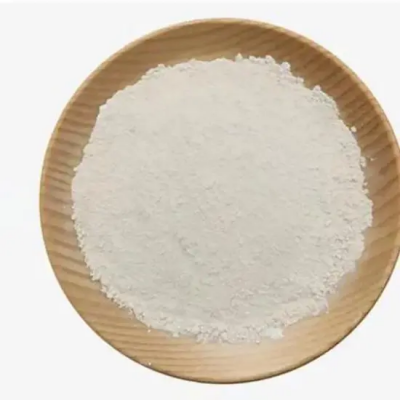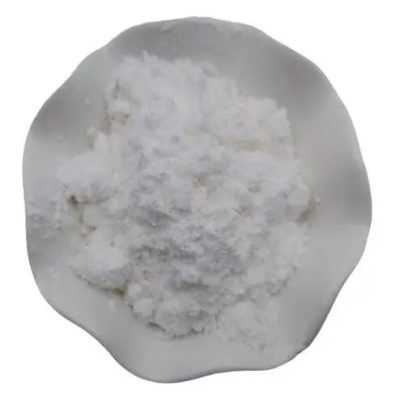Dimethyl trisulfide CAS:3658-80-8
Dimethyl trisulfide (DMTS), a colorless and flammable compound with the molecular formula C2H6S3, belongs to the class of organosulfur compounds. Known for its potent onion- or garlic-like odor, DMTS can be detected at very low concentrations, often in the parts per billion range. This characteristic makes it an important compound in both industrial and environmental contexts. In nature, dimethyl trisulfide is produced by various biological processes, particularly those involving sulfur-containing amino acids like methionine and cysteine. Certain marine organisms, such as phytoplankton, generate DMTS during their metabolic activities. As a result, this compound plays a role in the ocean's sulfur cycle, influencing atmospheric chemistry and contributing to the formation of sulfate aerosols. Industrially, DMTS is utilized as a flavoring agent due to its unique aroma, which enhances the sensory profile of various food products. Its ability to impart a savory taste has led to its incorporation in several culinary applications, where it mimics the flavors of certain seafood and vegetables. Moreover, DMTS serves as an indicator of environmental changes. Its presence in the atmosphere can signal shifts in ecosystem dynamics, particularly in marine environments. Studies have shown that fluctuations in DMTS concentrations can reflect changes in phytoplankton populations, which are crucial for carbon cycling and oxygen production. Beyond its ecological significance, researchers explore the pharmacological potential of DMTS and its derivatives, investigating possible therapeutic applications. Overall, dimethyl trisulfide is not only notable for its distinct odor but also for its contributions to environmental science, food industry, and potential health applications. Understanding its properties and behavior helps illuminate its multifaceted roles in both nature and industry.



| Composition | C2H6S3 |
| Assay | 99% |
| Appearance | white powder |
| CAS No. | 3658-80-8 |
| Packing | Small and bulk |
| Shelf Life | 2 years |
| Storage | Store in cool and dry area |
| Certification | ISO. |









